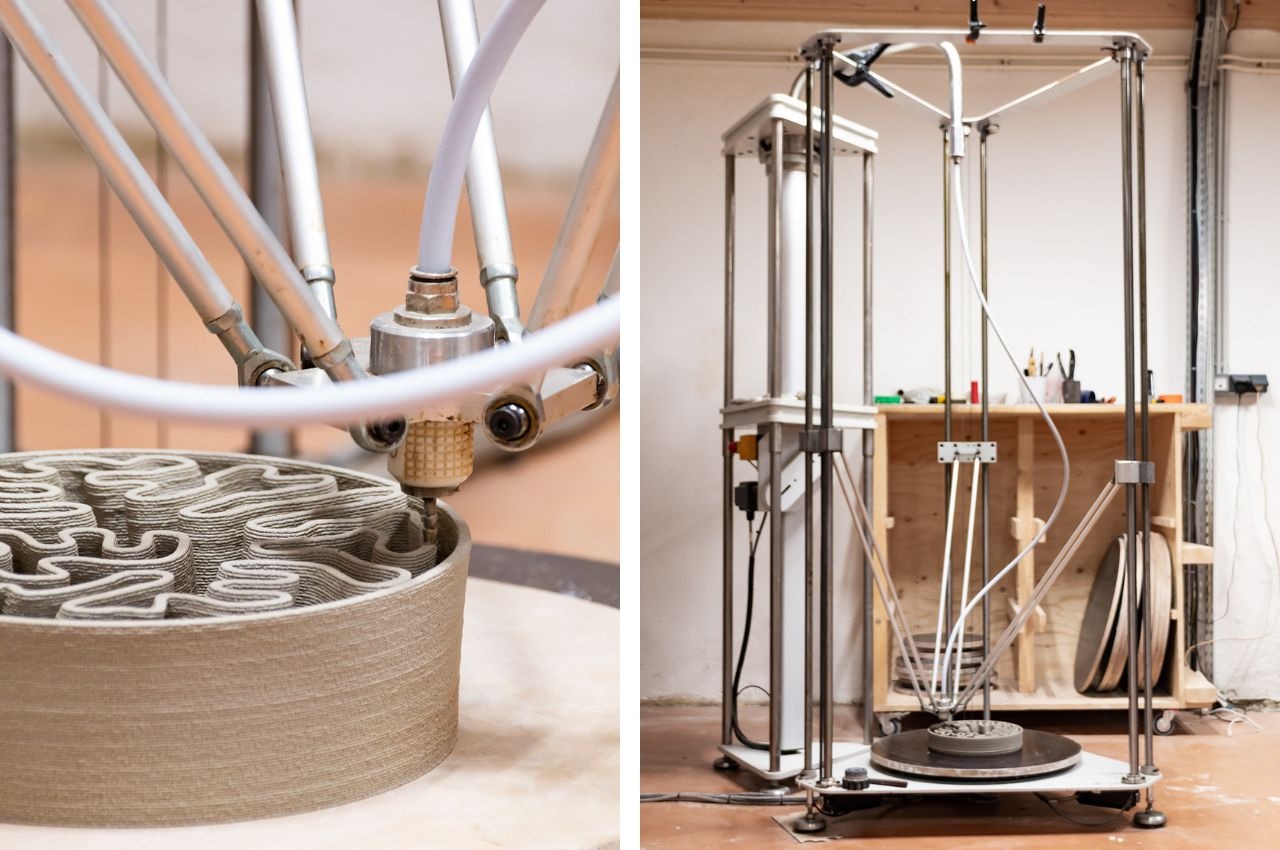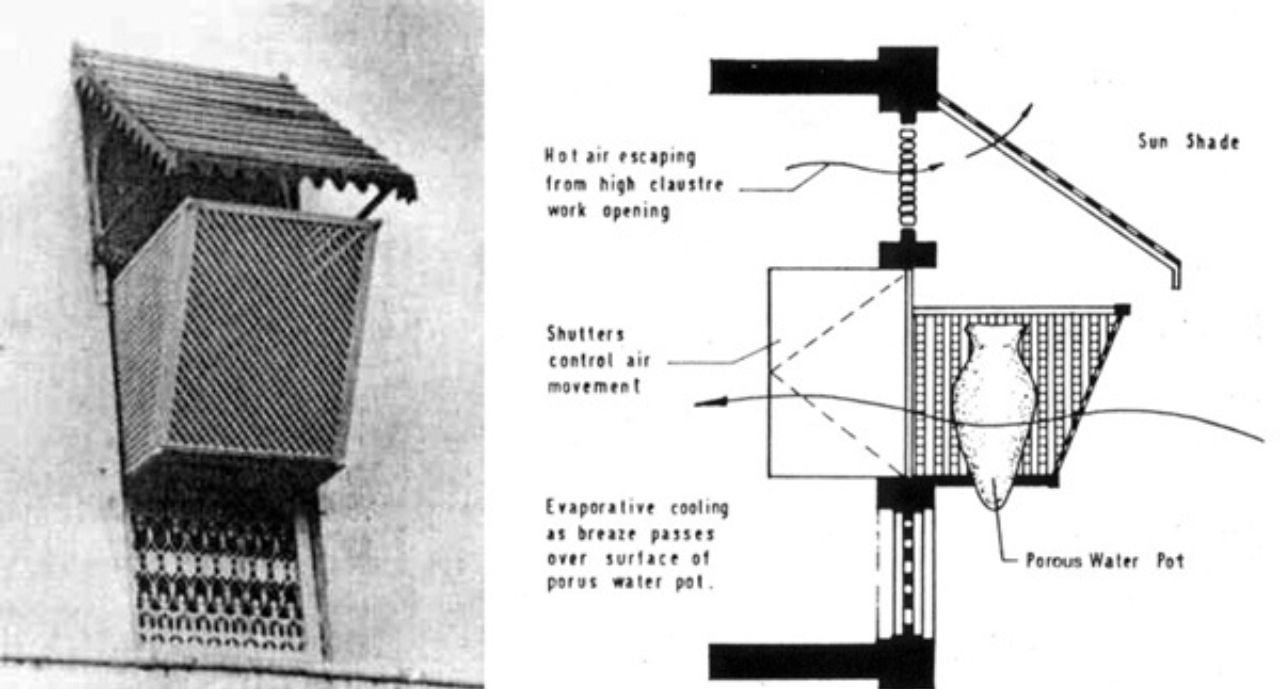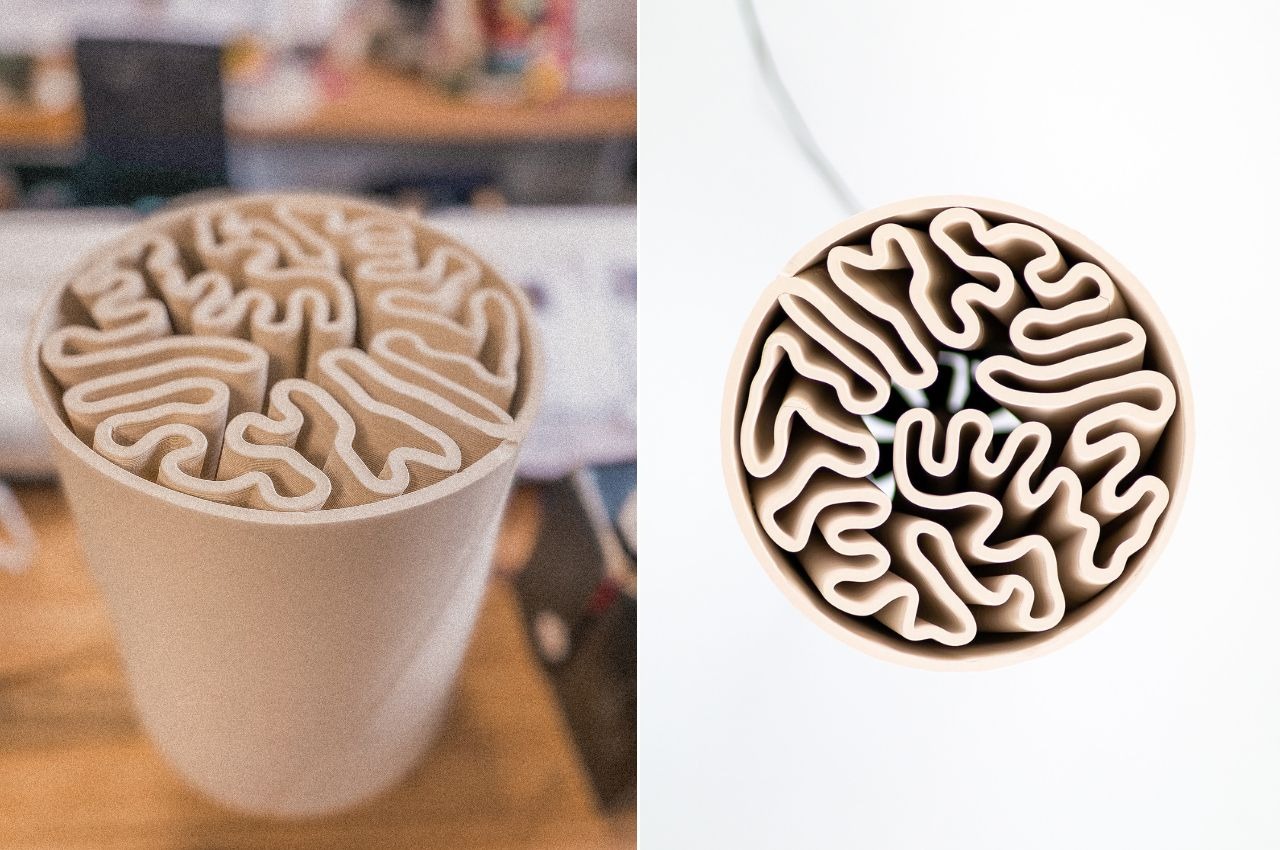The world is getting hotter, and the once optional luxury of air conditioning has transitioned into a necessity for our well-being. But there’s a catch: traditional air conditioning methods often exacerbate the global warming issue by adding to our carbon footprint. Enter a new wave of eco-conscious thinkers, among them Simon Pavy, who are blending age-old wisdom with today’s technology to counter this challenge. One such invention catching attention is the terracotta cooler, a sustainable brainchild of forward-thinking designers and engineers.

Drawing from Ancient Wisdom
What’s fascinating about the low-tech cooler is its root inspiration – a blend of age-old practices and sustainable architecture. At the heart of its design is the use of terracotta, a porous material renowned for its cooling properties. This cooling system fundamentally operates on a principle as old as civilization itself: a terracotta vessel holding water.
Dreamed up by a union between a progressive designer and the global firm Entreautre, the terracotta cooler finds its roots in ancient cooling techniques. At its essence is a porous terracotta vessel filled with water. This idea isn’t new. In regions of the Middle East and the warmer parts of India, porous materials have historically been used in construction for their cooling properties. Similarly, Egyptians found respite from the heat using wet reed mats over entrances and windows. These age-old strategies, marked by detailed geometric designs, work by allowing warm air to pass through small gaps, creating a cooling effect as the air shifts from a high to a low-pressure zone, thus soaking up heat efficiently.

The Mechanics Behind the Design
A pivotal aspect of the terracotta cooler is the Water Evaporative Evaporator Effect (WEEE). This mechanism allows the air to interact with the wet terracotta, leading to natural water evaporation. The result? A gentle waft of cold air. It’s a simple, yet profound application, underscoring the potency of drawing inspiration from nature to combat contemporary issues.
To further optimize this cooling effect, designers leveraged the potential of ceramic 3D printing. This technology enabled them to explore intricate designs, closely mimicking the natural growth patterns found in nature. Not only did this enhance the cooler’s efficiency, but it also endowed it with an alluring aesthetic, making it a statement piece of sustainable design.

Embracing Cutting-Edge Technology
Incorporating innovative design required harnessing advanced technological tools. The design team employed Grasshopper software, a visual 3D programming platform integrated with Rhino 3D. While mastering this software had its learning curve, the results were worth the effort. It empowered the designers to create complex, parametric designs that would have been challenging to execute using conventional CAD tools.

Overcoming Challenges
True innovation rarely comes without obstacles. The journey of bringing the terracotta cooler to life was filled with challenges. Selecting the right terracotta thickness, ensuring optimal porosity, and fine-tuning the conception method required meticulous planning and expertise. Collaboration was vital. Engaging with mechanical engineering professionals and Fablab’s CEO was instrumental in providing insights and direction.
For the actual production, the team harnessed a unique 3D printing machine crafted by the distinguished Dutch artist, Olivier Van Herpt. While its functioning mirrors traditional 3D plastic printers, it’s tailored to extrude terracotta, layer by delicate layer.

Potential and Promise
While still in its testing phases, early indications suggest that the low-tech terracotta cooler could herald a paradigm shift in cooling methodologies. This cooler is not just a product; it’s a statement, a beacon of sustainable design and innovation.
The terracotta cooler symbolizes the harmony possible between age-old wisdom and cutting-edge technology. With the looming challenges of climate change and growing cooling demands, this eco-friendly alternative offers a glimpse of a future where we can enjoy comfort without compromising our planet’s well-being. As this innovative solution undergoes rigorous testing, its potential to reduce the carbon footprint of conventional cooling systems and foster a sustainable world is palpable. This cooler reminds us that the marriage of tradition and innovation can indeed craft solutions for a cooler, greener future.

